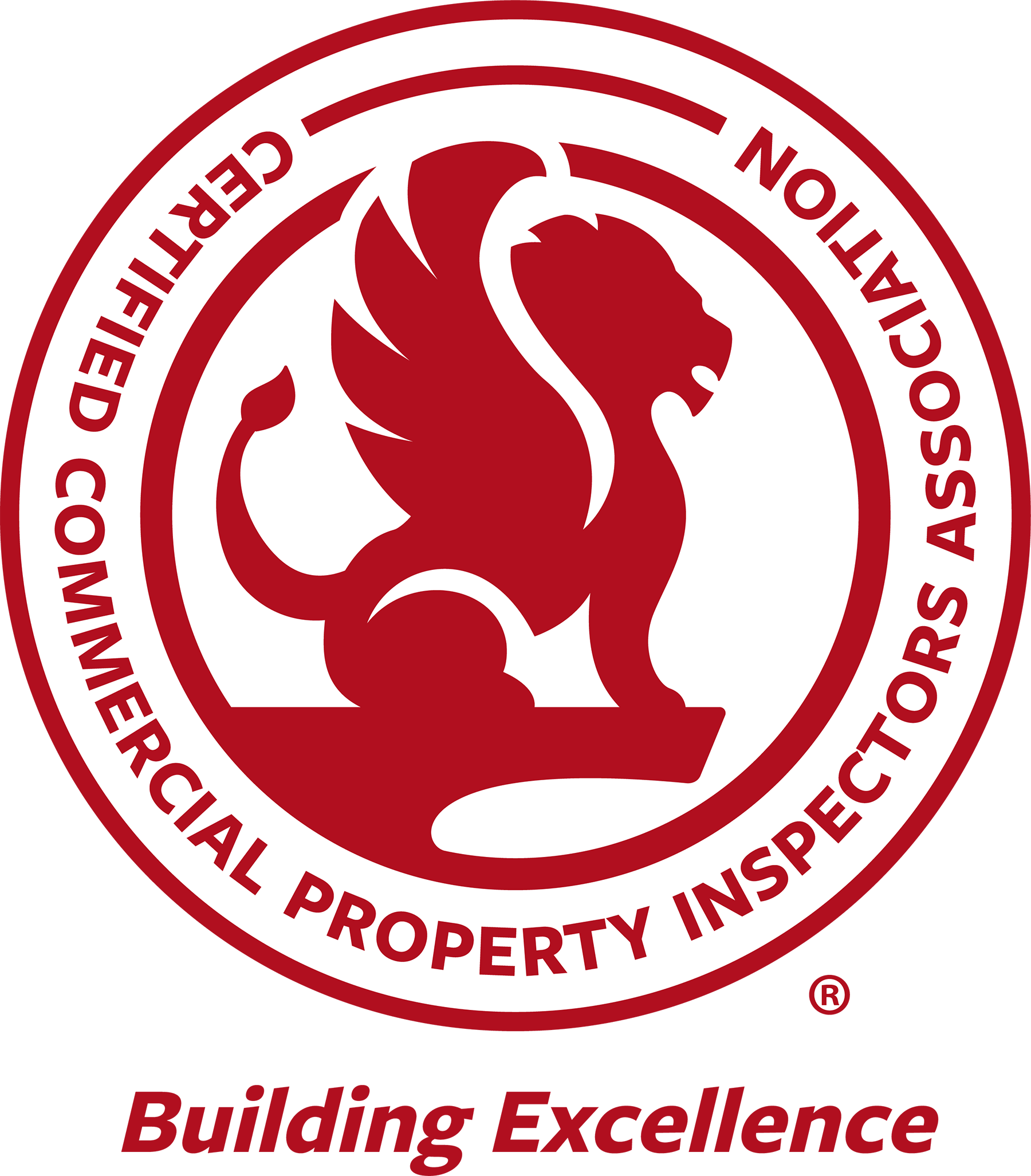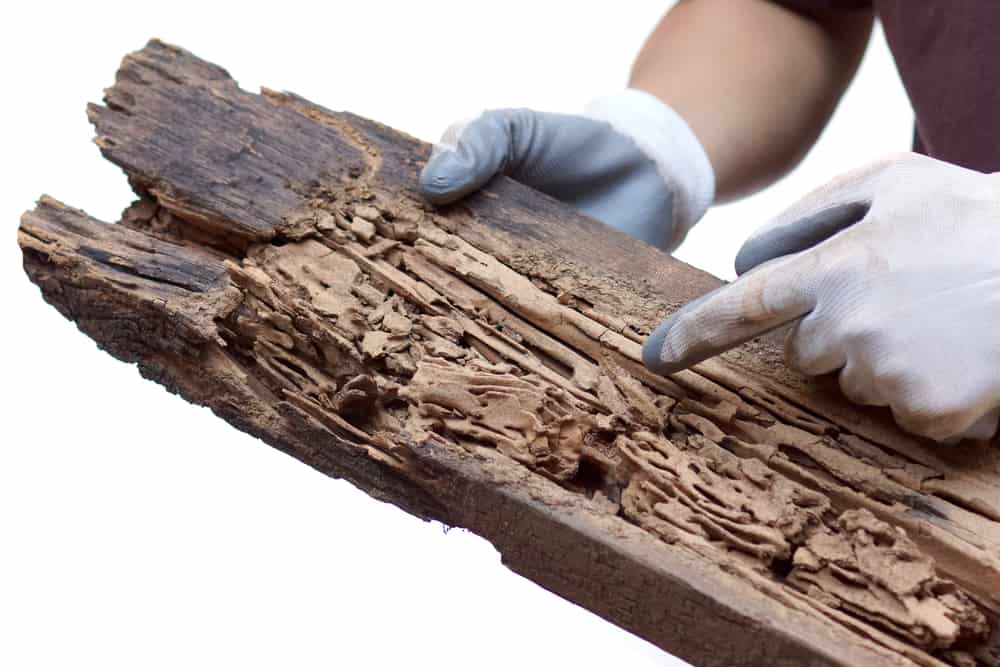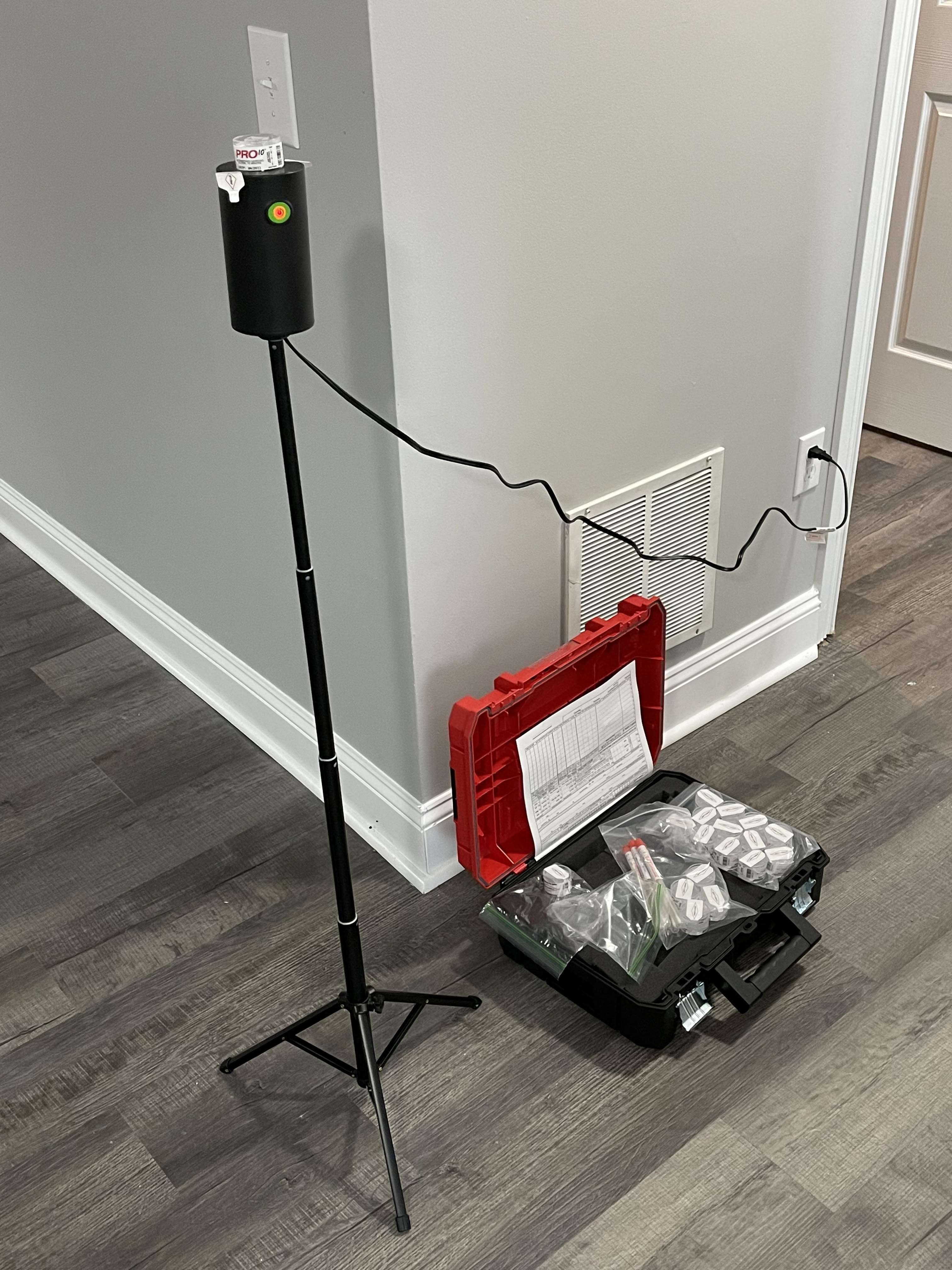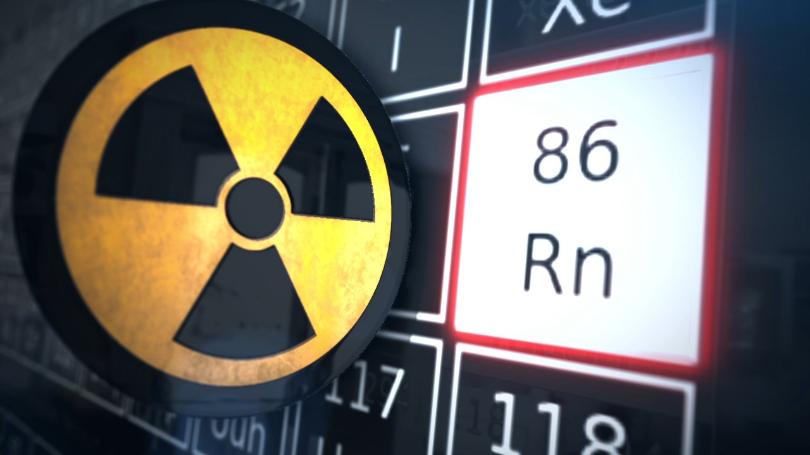
A home inspection is a thorough and systematic evaluation of the condition of a residential property. It is a complete physical exam of the general integrity, functionality, and overall safety of a home and its various components. The purpose of this process is to ensure that home buyers know exactly what is being purchased, prior to completing the transaction.
In the course of a home inspection, the inspector will evaluate the foundation, framing, roofing, site drainage, attic, plumbing, heating, electrical system, fireplaces, chimneys, pavement, fences, stairs, decks, patios, doors, windows, walls, ceilings, floors, built-in appliances, and numerous other fixtures and components.
In all homes, even brand new ones, some building defects will inevitably be discovered during the inspection. All pertinent findings will be detailed in a written report for the buyer’s reference and review, and the inspector will make a complete verbal presentation of these conditions for those who attend the inspection.
This information enables a home buyer to make educated decisions about a home purchase: whether to complete the transaction, whether to ask the seller to make repairs, or whether to buy the property as is. Buyers can also determine how much repair and renovation will be needed after taking possession, which problems are of major concern, which ones are minor, and what conditions compromise the safety of the premises.
A thorough inspection enables a home buyer to avoid costly surprises after the close of escrow. It is an indispensable component of a well-planned purchase.
You want to avoid surprises during the sale of your home. One of the smartest things you can do to prepare for the sale is to have it inspected. The Pre-Listing Inspection is the same inspection and process as the Buyer’s Inspection, but you get the results. Offer a better package and stand out from the rest of the homes for sale in your community by offering a Pre-Listing Inspection. You’re taking your home to the doctor for a checkup before selling it. Our realtors report that homes with a Pre-Listing Inspection sell 55% faster than homes without. Be prepared—inspect your home today!


Buying a commercial building is a big investment. Before making a purchase, a portfolio manager typically orders a building inspection and report, which provides important information about the building’s condition that’s needed to make a wise buying decision.
A good commercial building inspection highlights the actual condition of a property and the costs required to repair it. But what, exactly, will a commercial building inspector look for during an inspection? Keep reading to discover the building inspection basics and four things an inspector will be sure to check.
Financing a federally backed loan. Purchasing or Refinancing. Asked for by lenders and/or underwriters. Some lenders or underwriters may require a certification on conventional loans.
Is the home properly tied down on a permanent foundation? Is drainage correctly sloped/pitched around the house? Are additions supported by the structure of the manufactured home? Has the manufactured home been moved from another location? (other than 1 st permanent location)

The final walk through inspection is conducted on the day a buyer closes on a home. Knowing what’s important, and what to look out for, can save a good deal of grief, and money, later on.
This final walk through needs to address the home’s condition in two ways:
The first has to do with problems previously uncovered or identified during the original home inspection.
The second has to do with any new damages to the home that may have occurred after the original inspection.
The acronym WDI stands for Wood Destroying Insects and is used to classify pests that actually digest wood, i.e., they use your home as a source of food. Because WDIs often present little evidence of activity, they can go unnoticed for years and can be difficult to detect. Insects included in a WDI inspection report include the following:
WDI inspections are required for VA or FHA mortgages as well as other loans from many financial institutions — and for good reason. Common industry estimates termite damage alone at around $5 billion every year in the United States. The average cost for repair after a termite infestation is $3,000 but can be much higher depending on the extent of the damage and what part of the home they fed on.
A WDI inspection is a visual inspection of the accessible components of the home including the crawlspace, attic, exterior, and so on. The inspection looks for evidence of active or past infestation such as wood damage, dead or living termites or beetles, mud tubes, etc. The inspection also looks for conditions that may lead to infestation such as soil contact with wood, windows, standing water, and more.


Taking air samples during a mold inspection is important for several reasons. Mold spores are not visible to the naked eye, and the types of mold present can often be air sampled through laboratory analysis of the air samples. Having samples analyzed can also help provide evidence of the scope and severity of a mold problem, as well as aid in assessing human exposure to mold spores. After remediation, new samples are typically taken to help ensure that all mold has been successfully removed.
Air samples can be used to gather data about mold spores present in the interior of a house. These samples are taken by using a pump that forces air through a collection device which catches mold spores. The sample is then sent off to a laboratory to be analyzed. InterNACHI inspectors who perform mold inspections often utilize air sampling to collect data, which has become commonplace.
Radon is the second leading cause of lung cancer after cigarette smoking. If you smoke and live in a home with high radon levels, you increase your risk of developing lung cancer. Having your home tested is the only effective way to determine whether you and your family are at risk of high radon exposure.
Radon is a radioactive gas that forms naturally when uranium, thorium, or radium, which are radioactive metals break down in rocks, soil and groundwater. People can be exposed to radon primarily from breathing radon in air that comes through cracks and gaps in buildings and homes. Because radon comes naturally from the earth, people are always exposed to it.
